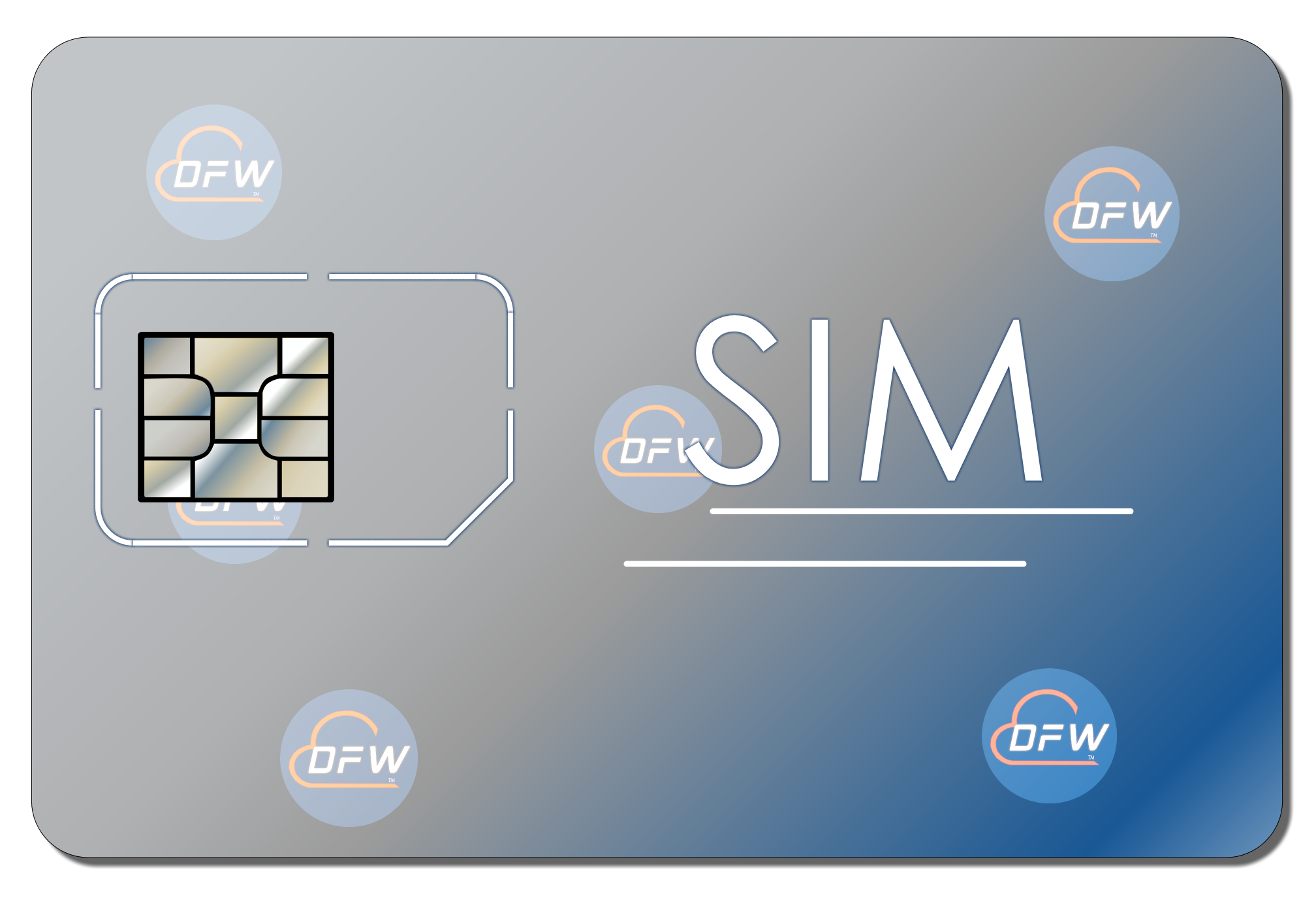A SIM card (subscriber identity module) can be found in every GSM phone, and in this article, we’ll give you the basics of what SIM cards are, what they do, and why they’re essential to you as an individual or an organization. Do you ever wonder how a phone call is made directly to your mobile device? Well, one way is the phone number, but there is much more going on than you think. Follow along.
WHAT IS A subscriber identity module CARD?
In plain English, a subscriber identity module (SIM) card is a tiny, portable memory chip that stores information about a cell phone user. A seventeen-digit code designates a country code, the system carrier (e.g., AT&T or Verizon), and a unique user ID.
You may ask, What do you mean, ‘Who cares about this code? But phone carriers do! To process mobile phone bills and to provide wireless service to people, this is what they use.
Above all, a SIM card’s most significant benefit is transferring your data from one device to another. It’s like the story I shared at the start; you only have to remove the card from one device and then insert it into the new one. Most of your contacts and personal settings will transfer when you switch, simplifying things.
HOW DO ChIP CARDS WORK?
Several more minor chips, called microcontrollers, are embedded in SIM cards. They’re plated with gold, silicon, or other metals to help them stay in contact with the phone. Your mobile device reads the chip when you stick your card in. It contains a processor, memory, and security circuits. Card operating systems and essential information, such as short message service or SMS or text messages, are stored in this section.
All messages from your phone to the network are in a secret code. They are providing communication privacy. The key to encrypt and decrypt messages is stored on the card.
It also stores your phone company’s name, card’s unique serial number, security code (PUK), most recent numbers dialed, and PIN code.
You will also find on your card the International Mobile Subscriber Identity (IMSI) for your phone and an authentication key provided by your carrier. A call to your number will go to the phone you have when someone dials it.
WHAT ARE THE BENEFITS OF USING A SIM CARD?
In addition to switching cards, data portability offers several other advantages. For example, a user who purchases a new phone can use the existing SIM card to associate the new device with the same number and preferences. Also, if one’s phone battery runs out, another subscriber’s phone can easily borrow the card without running up the subscriber’s minutes. When travelers’ cell phones are not locked to one carrier, some vendors offer prepaid cards that can provide them with local numbers.
HOW DO I CHOOSE THE CORRECT CARD?
It’s essential to get a well-thought-out, attractive cell phone offer and evaluate a service’s rates, call packs, and limitations before making any final decisions.
An international roaming subscriber identity card is sometimes practical; however, a local card is cheaper. Most cards offer a free data introductory offer. It works best if you are addicted to social media or need online banking 24/7.
HOW DO I ACTIVATE MY CARD?
The card authentication process begins once it has been inserted:
- It is necessary to start up your phone so that it can obtain the IMSI from the SIM card.
- Now information transfers to the network.
- The network searches for your card’s authentication key in its database.
- The network provides a different phone number every time authentication takes place.
- Now that your card is legitimized, you can enjoy your phone to its full potential.
You can quickly transfer your card to another device when you switch phones. The Integrated Circuit Card Identifier (ICCID) is a unique identifier with every card.
The ICCID is carved into the SIM card. It consists of two digits; one identifies your account; one identifies the provider; you can determine the parity number using the two digits as a combination.
A typical card usually has a memory capacity of 32KB to 128 KB. Whenever you want to transfer data between phones, such as SMS messages, you must remove the SIM card and insert it into the device to which you want to share data. The card must be installed, but you must maintain a steady network connection.
Conclusion
Here we discussed SIM cards – what they are, what they do, and how important they are to our devices.
In simple terms, a SIM card is a small portable chip that stores information about the phone’s user. It has a processor, memory, and security circuitry. If you have questions about SIM cards for mobility or managing IoT Devices, Cloud DFW provides international SIM to over 250 countries; if you would like a quote, please reach out to us here.

Drew Stephens is a tenured IT professional who has worked with many technologies. He holds a B.S in Computer Science and has certifications in Network Infrastructure, Administration, Voice, Cloud Stacks, and platforms, including Azure and Google Cloud. He also has fluency in Director Level Sales in FinTech, Healthcare, and Retail.





0 Comments